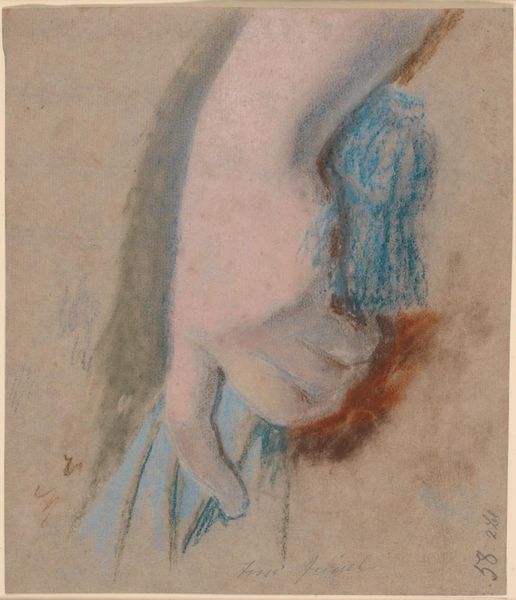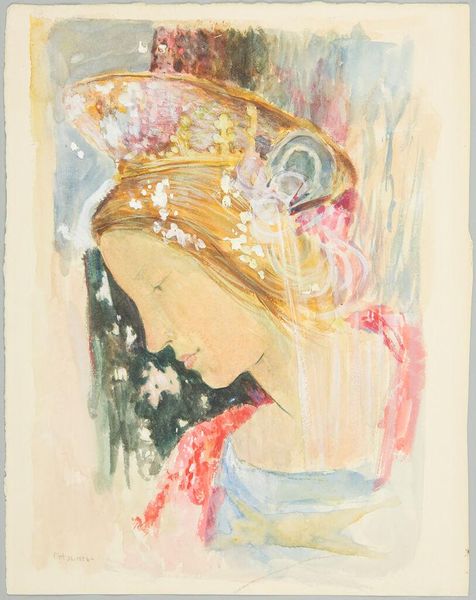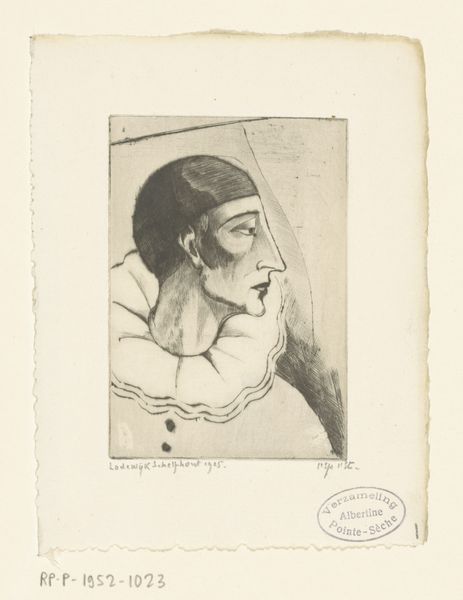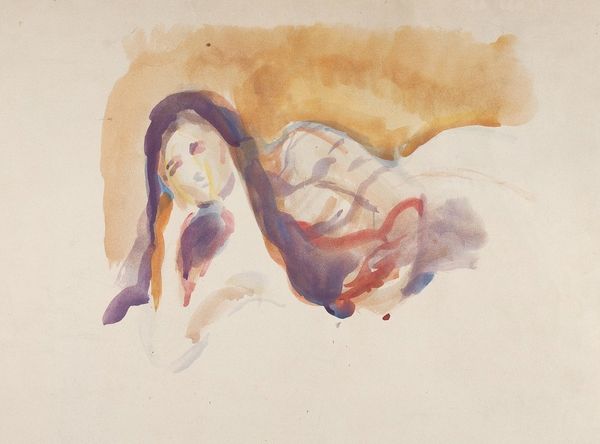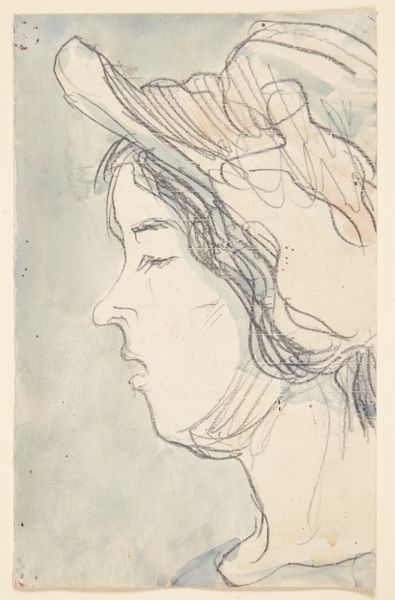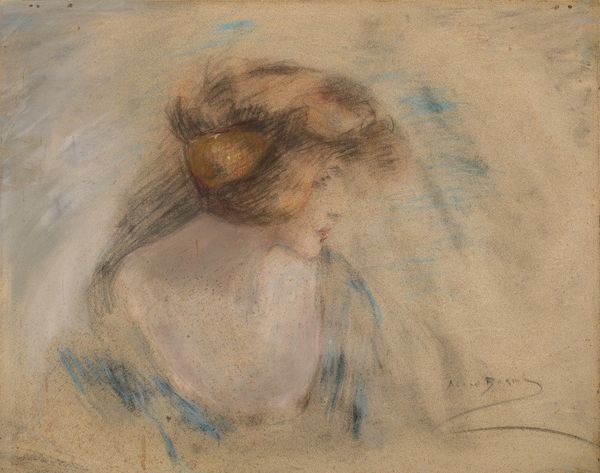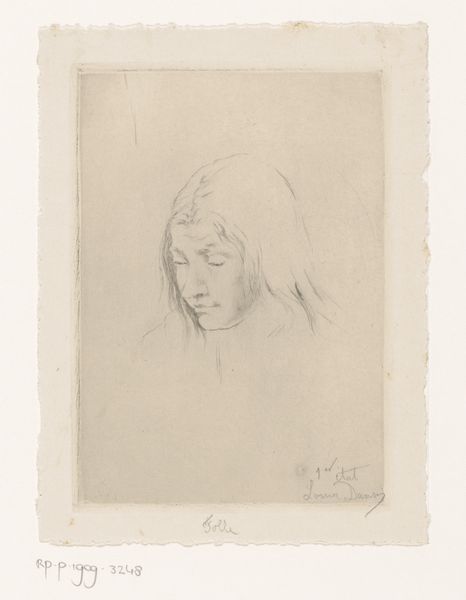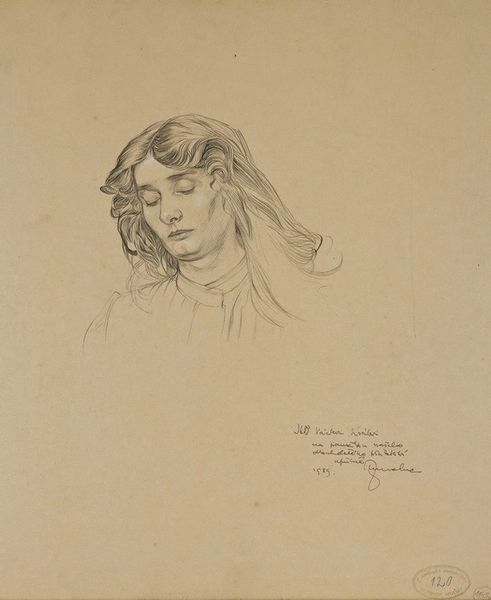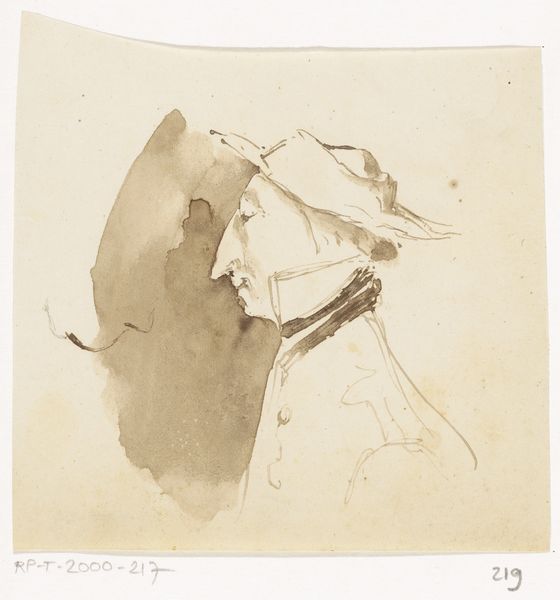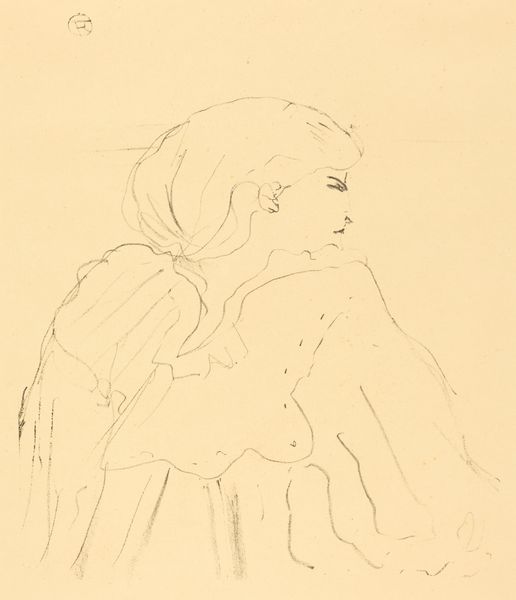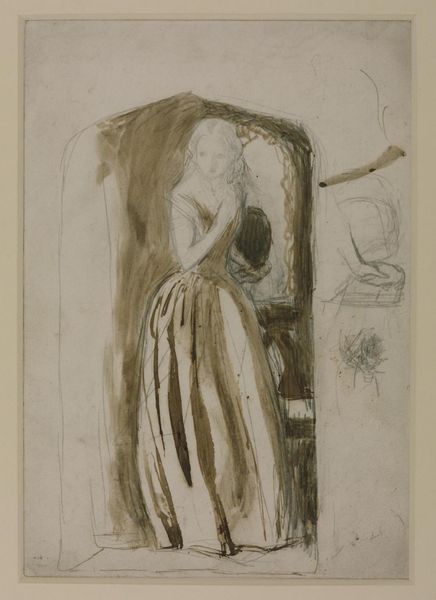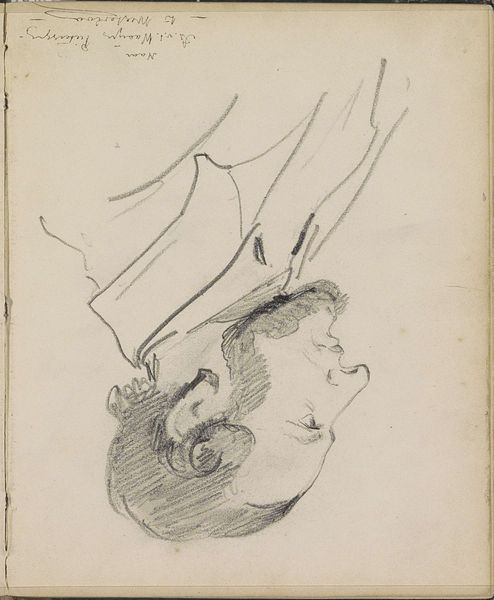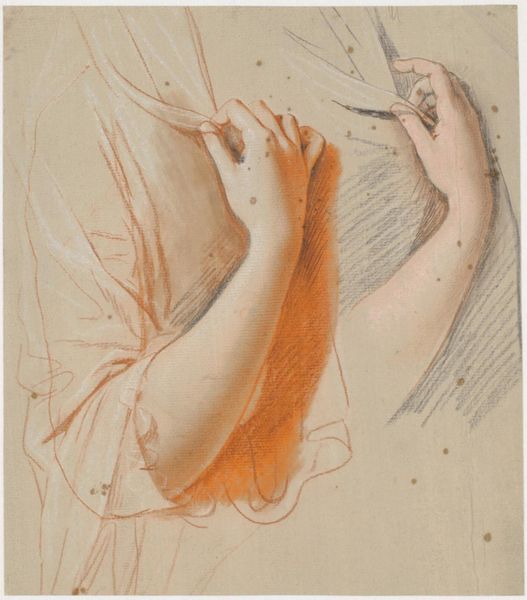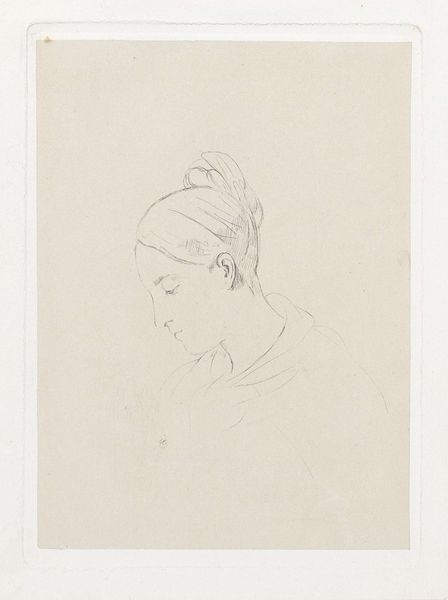
watercolor
#
portrait
#
figurative
#
oil painting
#
watercolor
#
romanticism
#
watercolor
Copyright: Public Domain: Artvee
Curator: Before us hangs "Head of a Young Woman," a watercolor by John Frederick Lewis, created sometime between 1838 and 1840. Editor: It has this dreamy, melancholic feel. She seems lost in thought, or maybe just lost. There's a vulnerability in the averted gaze, doesn’t it strike you? Curator: Indeed. Lewis was working during a period of significant social upheaval. This watercolor encapsulates certain romantic ideals prevalent at the time—a delicate, idealized vision of womanhood. Editor: That idealization… it feels a little unsettling. Whose ideals are these anyway? We see so little of her expression beyond demure quiet. Is she a person, or just a projection onto whom others can map their hopes and expectations? Curator: It’s complex, isn’t it? We must consider the role portraiture played within Victorian society. Lewis wasn't just depicting an individual, but also participating in the construction of societal expectations. Her costume, the precise angle of her head, would all speak to particular status considerations within the community of the time. Editor: Yes, I think that’s an important element—status. Class distinctions were intensely policed then, and even something like the particular style of bonnet can signal an intention for self-presentation. Who did he intend this for? To what purpose would this delicate image have been employed, who was its intended audience? Curator: Those are critical questions! Art historians often focus on identifying patronage networks to get closer to answers. But even without knowing specifics, we can explore how such images functioned within the broader market for paintings, prints, and domestic displays of art in middle-class homes. It reflects a growth of wealth that underpinned burgeoning consumerism during this historical period. Editor: Thinking about consumerism does invite an unease. What’s ultimately being consumed here? Beauty, youth, innocence, and perhaps an idea of compliant femininity, neatly packaged for male consumption, quite literally. Curator: It gives pause for thought, that’s true, a moment for reflecting on the social scripts that were both enacted and reinforced through images. Editor: Well said. And an encouragement to look even more closely. Thank you!
Comments
No comments
Be the first to comment and join the conversation on the ultimate creative platform.
